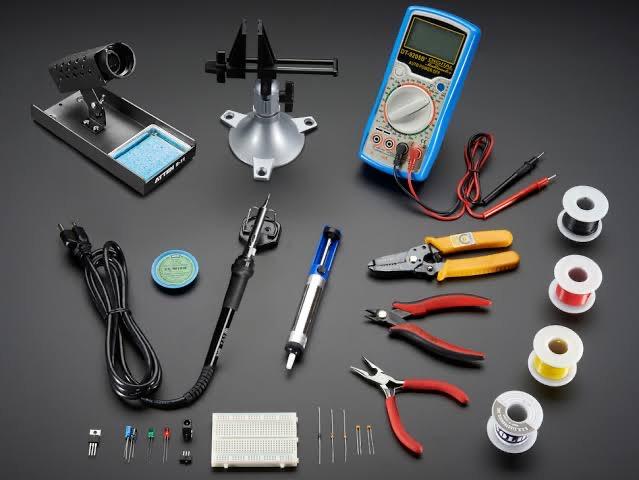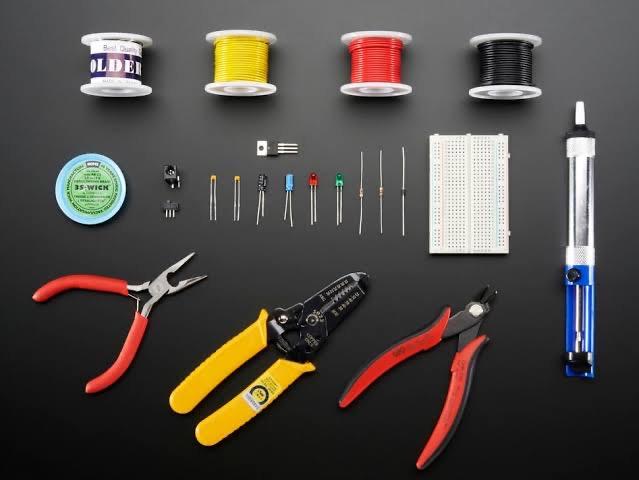
When it comes to renovating restrooms, it’s essential to consider accessibility for everyone. One critical aspect of restroom design, especially for public spaces, is ensuring compliance with the Americans with Disabilities Act (ADA). This federal law ensures that people with disabilities have equal access to public facilities, including restrooms. In this blog post, we’ll focus on meeting toilet clearance standards to create ADA-compliant restrooms. We’ll discuss the importance of ADA bathroom door requirements and provide valuable tips for renovation.

ADA compliance for restrooms goes beyond simply having wider doors and ramps. The ADA sets strict standards for restroom design to ensure that people with disabilities can use them with ease. These standards cover various elements, including toilet clearance, sink height, and, yes, ADA bathroom doors.
ADA bathroom doors play a crucial role in providing accessible restroom facilities. These doors must adhere to specific requirements to accommodate wheelchair users and ensure easy access for individuals with mobility challenges. Here are some key points to consider when it comes to ADA restroom doors:
ADA mandates that restroom doors should have a minimum clear width of 32 inches. This width allows wheelchair users to enter and exit the restroom comfortably. It’s essential to measure the clear width, considering any obstructions such as door swings.
The door’s hardware, including handles and locks, must be easy to operate with a closed fist. Lever handles or push/pull bars are typically recommended, as they are more accessible than traditional round doorknobs.
ADA restroom doors must provide adequate clearance space both inside and outside the restroom. This space ensures that wheelchair users can approach the door, open it, and maneuver inside. A minimum of 18 inches of clearance on the latch side of the door is typically required.
The force required to open ADA restroom doors should not exceed five pounds. This ensures that individuals with limited upper body strength can easily open the door.
Proper signage is also crucial. ADA-compliant signage should be installed on or adjacent to the door, indicating that the restroom is accessible. Signage should be easy to read and include tactile characters and Braille.

Now that you understand the importance of ADA restroom door requirements let’s discuss some valuable tips for renovating restrooms to meet toilet clearance standards:
Renovating restrooms for ADA compliance is essential to ensure equal access for all. ADA restroom door requirements are a critical part of this process. By understanding the regulations and following the tips provided, you can create an accessible and welcoming restroom for everyone. Remember, an accessible restroom isn’t just a legal requirement – it’s a step towards a more inclusive and welcoming environment for all.

The Americans with Disabilities Act (ADA) ensures that individuals with disabilities enjoy equal access like others to public facilities, including buildings, sidewalks, and transportation. To

The Americans with Disabilities Act (ADA) mandates that public facilities provide equal access to individuals with disabilities. To meet these requirements, businesses and organizations often

One Response
This information helped me a lot. Thank you!!!